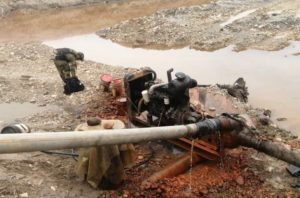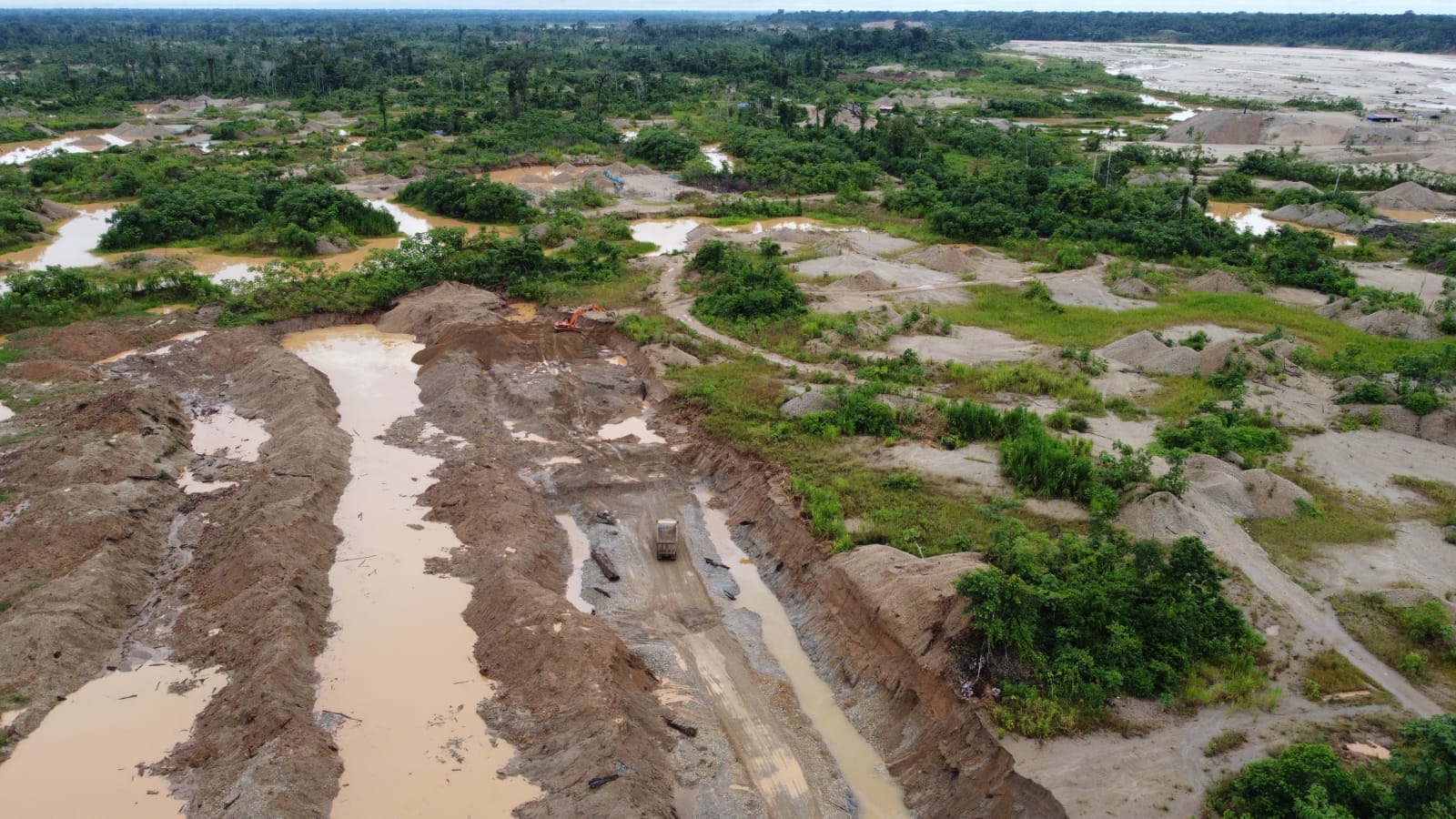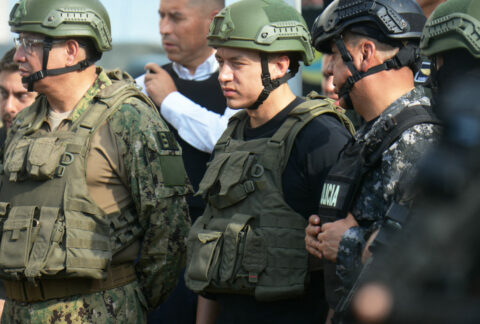Peru’s abundant reserves of mineral resources help drive the development of its mining sector, but also attract large numbers of illegal miners and transnational criminal organizations that engage in mining exploration and extraction. The hotspots of Peruvian illegal mining are in the departments of Madre de Dios, Arequipa, Puno, Piura, Amazonas, La Libertad, and Ayacucho, with more than 250,000 informal miners (between informal artisanal miners and illegal miners linked to transnational crime), the Organization of American States indicated in a November 2021 report.
An estimated 10,000 informal miners carry out 800 gold mining operations, while another 20,000 people provide technical and commercial services in Madre de Dios alone, according to the online platform Prevenir Amazonía, part of the U.S. Agency for International Development’s (USAID) Prevent Project, which works with the Peruvian government to combat environmental crimes.
Continuous operations

Illegal mining is a priority concern for the Peruvian government, which has deployed significant resources to combat this scourge. Between late January and early February 2022, the Peruvian Armed Forces’ Joint Command (CCFFAA, in Spanish), the National Police (PNP, in Spanish), and the Specialized Prosecutor’s Office for the Environment (FEMA, in Spanish) destroyed 18 illegal mining camps on the country’s northwest coast and in the Peruvian Amazon. The illegal mining operations caused environmental damage and fostered conditions for smuggling, human trafficking, prostitution, drug trafficking, and related crimes.
FEMA reported on February 17 the destruction of two illegal mining camps in the district of Salpo, department of La Libertad. Together with the PNP and the CCFFAA, authorities dismantled cyanidation pits and seized equipment for metal extraction.
On February 7, FEMA reported the destruction of machinery in an illegal mining camp, where criminals were also clearing trees for their mining exploration in the districts of Huepetuhe and Madre de Dios, department of Madre de Dios.
On the Puquiri River, also in Madre de Dios, CCFFAA and FEMA said on February 2 that they had dismantled four mining camps and destroyed loaders, hydraulic excavators, and dump trucks.
CCFFAA reported on January 27 the destruction of six illegal mining camps in the Tambopata National Reserve in Madre de Dios. On site, authorities found seven engines for gold extraction, a dredge, 1,363 liters of crude oil, and additional equipment.
On January 26, FEMA said that five other illegal mining camps had been destroyed in the department of La Libertad. In Huancajanga, authorities dismantled two rustic camps, where they found some 225 tons of ore, while in Clambay they destroyed three camps with 1.5 tons of ore on site.
These interinstitutional operations are part of the Peruvian government’s Restoration Plan, launched on July 25, 2021 to tackle illegal mining in Madre de Dios and other areas of the country. The plan ensures the consolidation of actions against illegal mining initiated in 2019 under Plan Mercury, which according to nongovernmental organization Amazon Conservation Association, by December 2020, contributed to reducing illegal gold mining by 78 percent in the Peruvian Amazon.









